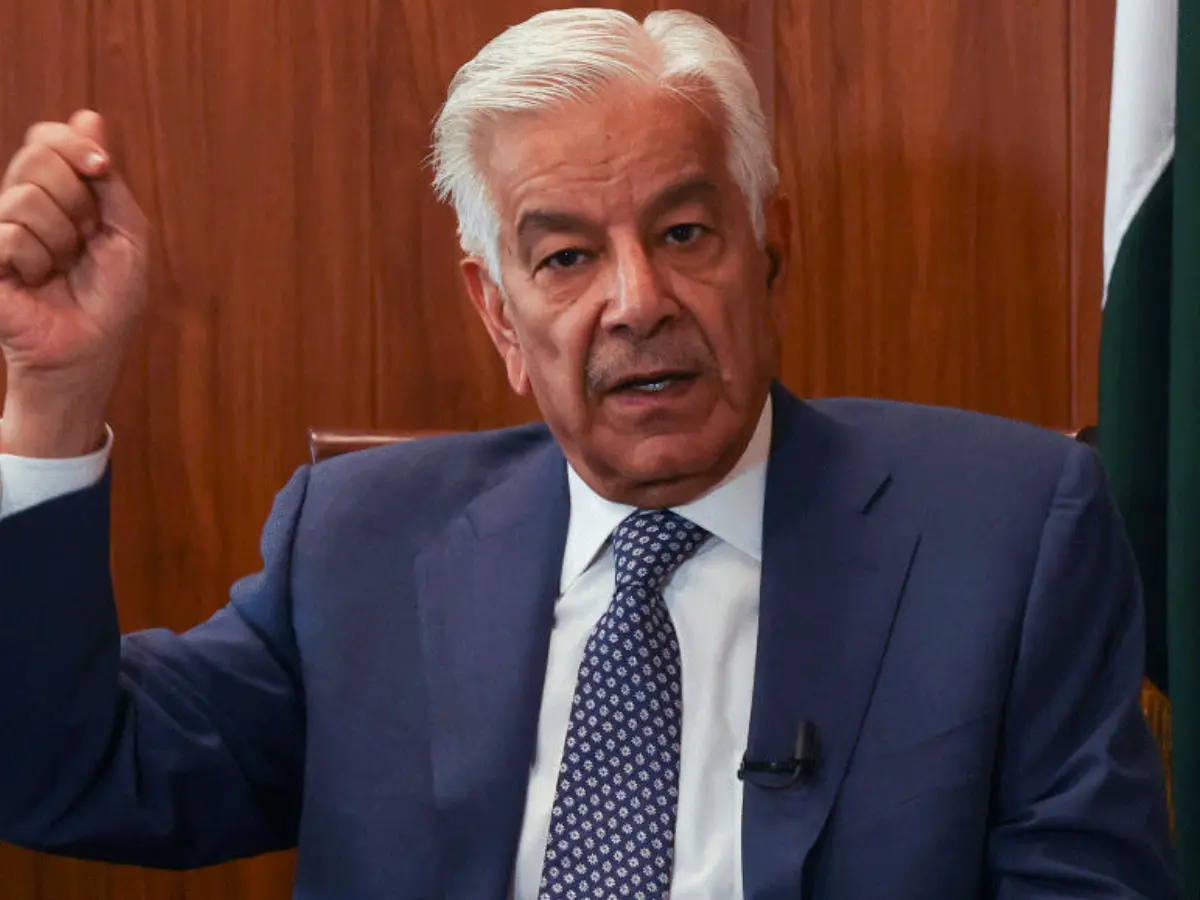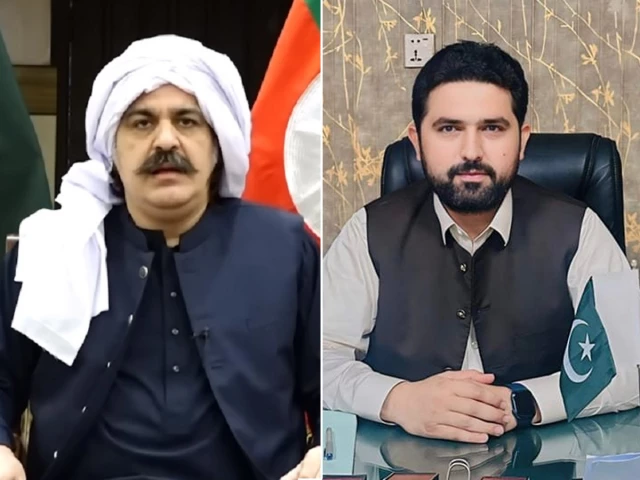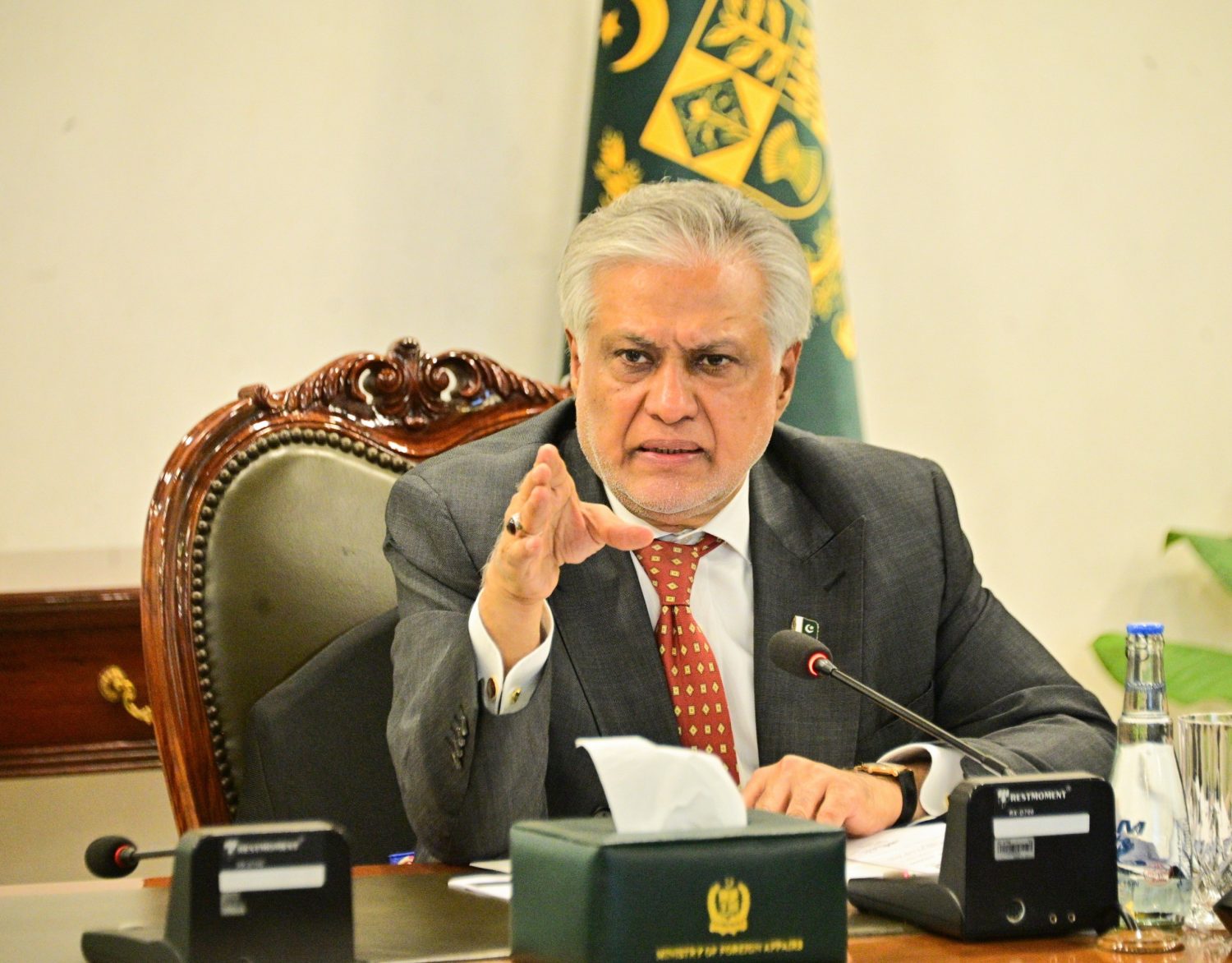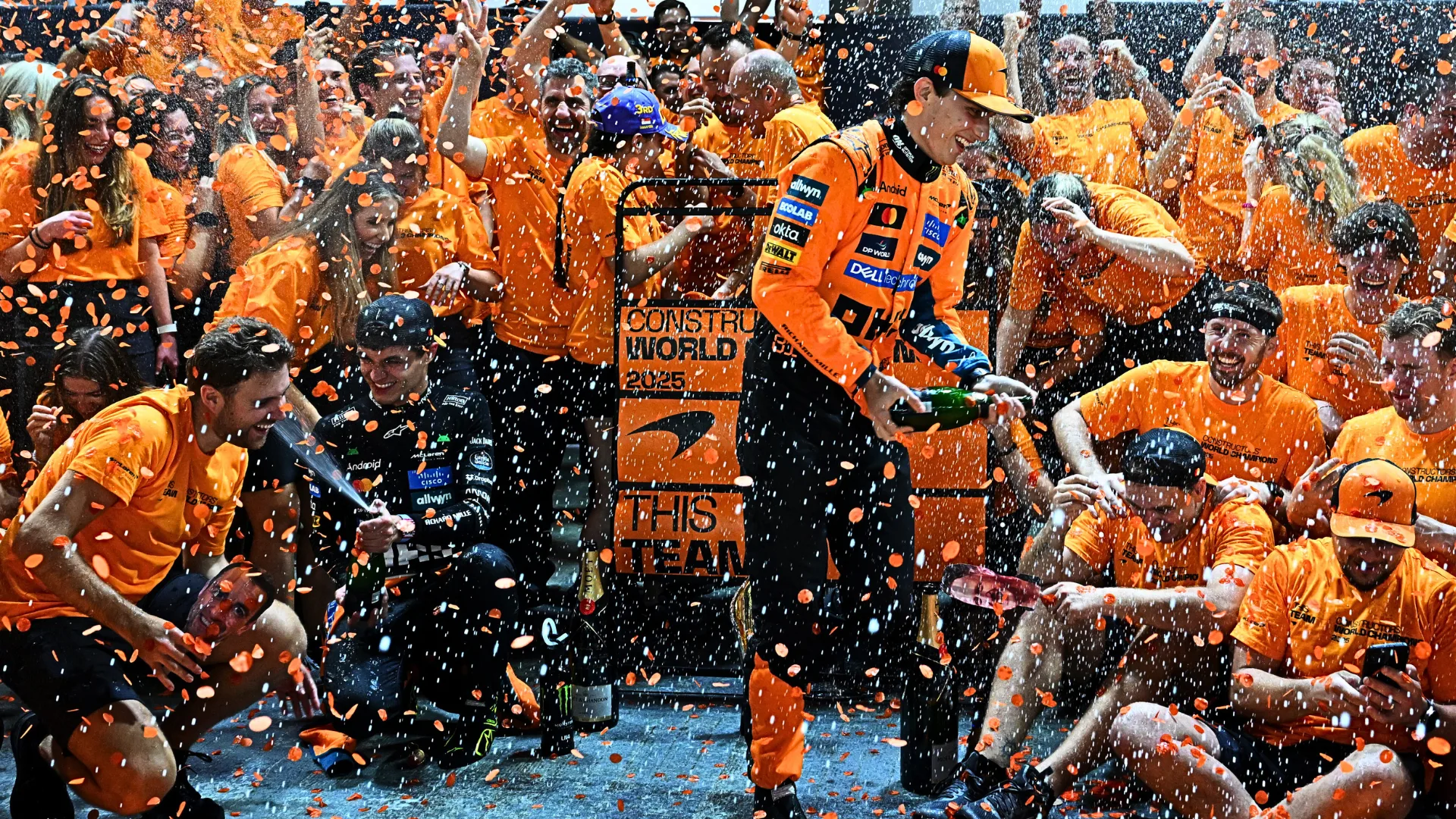- Who starred under the Singapore lights? Formula 1
- Norris rejects Piastri’s complaints after McLaren duo clash in Singapore The Guardian
- Toto Wolff puzzled by major ‘surprise box’ after latest F1 swing racingnews365.com
- McLaren wins the F1…
Blog
-

Who starred under the Singapore lights? – Formula 1
-

Ollie Bearman ‘really happy’ after bagging ‘super important’ points for Haas in Singapore
Ollie Bearman was left delighted with his work in Singapore, having scored “super important” points for Haas with his ninth place finish.
The Briton started solidly in the top 10 after making it to Q3 on Saturday evening for the first time since…
Continue Reading
-

Pakistan’s Khawaja Asif makes big claim, says India was ‘never truly united, except under Aurangzeb’. Here’s the truth
Pakistani Defence Minister Khawaja Asif has once again stirred a controversy with his statement, as this time he claimed that India was “never truly united except under Aurangzeb”.
“History shows that India was never truly united, except briefly…
Continue Reading
-

Taylor Swift Is Already Wearing Wedding Rings Two Months After Engagement
- Taylor Swift made an appearance on Jimmy Fallon on October 6.
- She showed off her old mine cut engagement ring.
- Some eagle-eyed fans spotted what appeared to be two wedding bands on her pointer finger.
Taylor Swift certainly has “a lot going on…
Continue Reading
-

Analysing video of alleged assassination attempt of Ecuador’s president
Some tips to spot AI generated videospublished at 12:50 BST
Thomas Copeland
BBC Verify Live journalistWe’ve been seeing social media videos showing agents from US Immigration and Customs Enforcement (ICE) and protests against…
Continue Reading
-

PTI founder orders replacement of Gandapur with Afridi as K-P CM: Salman Akram Raja
The leadership of Pakistan Tehreek-e-Insaf…
Continue Reading
-

DPM Dar directs for timely, effective implementation of projects for 2022 floods affectees’ recovery, reconstruction
– Advertisement –
ISLAMABAD, Oct 08 (APP): Deputy Prime Minister/Foreign Minister (DPM/FM) Senator Mohammad Ishaq Dar on Wednesday gave directions for timely and effective implementation of projects for recovery, and reconstruction to ensure…
Continue Reading
-

How McLaren went from the rear of the Formula 1 grid to back-to-back Teams’ title success in 2025
McLaren have experienced an extraordinary turnaround in their Formula 1 fortunes over the last few years, going from the rear of the field at the start of the 2023 season to earning back-to-back Teams’ Championship titles in 2025. F1.com charts…
Continue Reading
-

Rare supermoon illuminates sky over Jersey
Sky-watchers across Jersey were treated to a supermoon on Tuesday night.
A supermoon appears brighter and larger than other full moons in the evening sky and occurs when the Moon is at its closest point to the Earth.
The term was first coined in…
Continue Reading
-

Taylour Paige Knows the Power of a Pointy Toe—and Puts Thom Browne To Work
Taylour Paige felt good putting on her exquisitely tailored Thom Browne trench for the American designer’s spring 2026 show at Paris Fashion Week. She was even more amped up by the “glorious” Thom Browne team’s reaction.
“I just loved…
Continue Reading